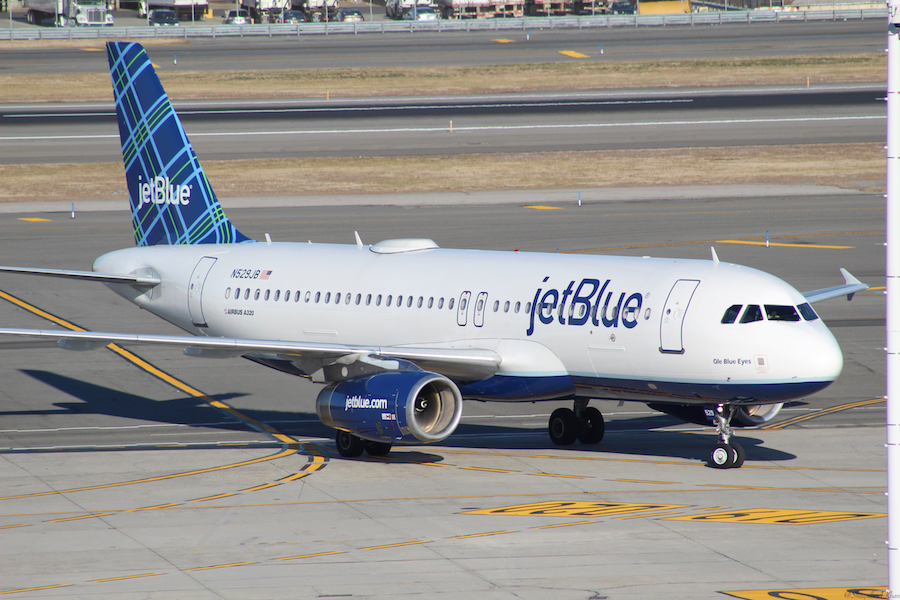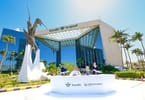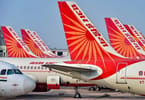Saudi Arabia’s tourism industry is unique in that despite the limitations of strict entrance visa regulations, the industry has strong growth potential. We forecast tourist arrivals to the country to grow by 5% year-on-year (y-o-y) to 12.91mn in 2010, after remaining constant in 2009, at just over 12mn.
Furthermore, we forecast tourist arrivals to grow by an average of 6.5% y-o-y to the end of our forecast period in 2014. One of the main drivers for the tourism industry is religious tourism. Saudi Arabia is home to two of Islam’s holiest cities, Mecca and Medina, and every year millions of Muslims come to Mecca for hajj, the largest annual pilgrimage in the world. In 2009, we expected concern about the spread of the H1N1 virus (swine flu) to cause a slight decline in pilgrimage numbers but we do not expect the virus to put much downward pressure on the industry in 2010, barring a major outbreak.
Business travel is also a growing area, given the country’s position as the world’s largest oil exporter, not to mention its other large industries such as defence. That said, recent events in Yemen could threaten the stability of Saudi Arabia, as well as the wider region, potentially putting downward pressure on inbound tourism. The hospitality sector looks set to grow in tandem with tourist arrivals. We forecast that there will be 332,000 hotel rooms in Saudi Arabia by 2014, up from 230,000 in 2008. In 2009, a plethora of international chains opened up their first hotels in the market, including Rotana, Hyatt Hotels & Resorts, Accor and Raffles Hotels & Resorts.
Those already present in the market are expanding, with InterContinental Hotels Group (IHG), Al Hokair Group, Starwood Hotels & Resorts, Rezidor Hotel Group and Wyndham Hotel Group opening new hotels in 2010. The Saudi authorities have said they want to diversify away from their dependence on oil, and the tourism industry has been a focal point. Government expenditure has focused on developing the religious tourism and business travel sectors in particular, which accounts for the decline in collective government expenditure (expenditure that cannot be assigned to a particular group of tourists) and the increase in individual government expenditure, which refers to investment in services with an identifiable individual customer.
The government is also keen to develop its domestic tourism market in an effort to capture some of the capital spent by the millions of Saudi citizens that travel abroad each year. Saudi tourists mainly travel elsewhere the Middle East. Despite efforts to keep more Saudis at home, we forecast the number of citizens travelling abroad increasing from an estimated 8.07mn in 2009 to 10.82mn in 2014. International tourism expenditure is also forecast to increase, reaching US$8.58mn by the end of the forecast period.
ŠTA UZIMATI IZ OVOG ČLANKA:
- Government expenditure has focused on developing the religious tourism and business travel sectors in particular, which accounts for the decline in collective government expenditure (expenditure that cannot be assigned to a particular group of tourists) and the increase in individual government expenditure, which refers to investment in services with an identifiable individual customer.
- In 2009, we expected concern about the spread of the H1N1 virus (swine flu) to cause a slight decline in pilgrimage numbers but we do not expect the virus to put much downward pressure on the industry in 2010, barring a major outbreak.
- The government is also keen to develop its domestic tourism market in an effort to capture some of the capital spent by the millions of Saudi citizens that travel abroad each year.






















